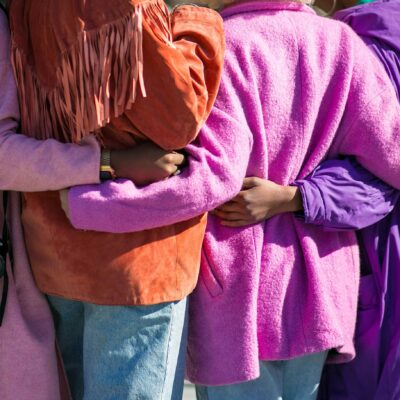 The Democratic Republic of the Congo Flag. Photo: aboodi vesakaran / Unsplash
The Democratic Republic of the Congo Flag. Photo: aboodi vesakaran / Unsplash
Worldwide, child mortality has fallen by more than half since 1990, however, five million children still die before their fifth birthday every year. In some countries, such as the Democratic Republic of Congo (DRC), the mortality rate is particularly high: an estimated quarter of a million children die there annually.
Eight researchers have recently published an article on this topic. In this study, they looked at how the difference in mortality is related to coverage of life-saving interventions and how coverage and mortality are associated with conflict. The article has been summarised by Miriam Mosesson in Global Bar Magazine.
Why do children die?
“The first month of life is the most dangerous time where almost half of the deaths before five years of age are happening. Pneumonia, diarrhoea and malaria are the three major killers after the first month accounting for about half of the deaths in this age group.”
“In the DRC, approximately 7%s of children die before their fifth birthday. However, behind this number lies considerable differences between the 26 provinces of the country (…). In our study, we compared the coverage of 23 indicators, necessary to end preventable deaths in children, between the DRCs 26 provinces (…). The indicators ranged from exclusive breastfeeding during the first six months of life to having access to soap and water to wash your hands, being vaccinated, and having access to correct care when falling ill from diarrhoea (…). We found that these indicators varied substantially between the provinces.”
Important conclusions of the study
“This study has first and foremost showed that your chances of having access to life saving interventions vary depending on where in the DRC you are born. Second, children in conflict-affected provinces of the country do not seem to be the most neglected; rather, children that live in the poorest provinces without infrastructure lack access to life-saving interventions. Children in conflict areas should continue to get a lot of attention, but at the same time, it is essential to ensure that children living outside these areas are not left behind. We need to work in all settings in sustainable ways to stop children from dying for reasons we can prevent.”
This article was first published by Miriam Mosesson in Global Bar Magazine.










